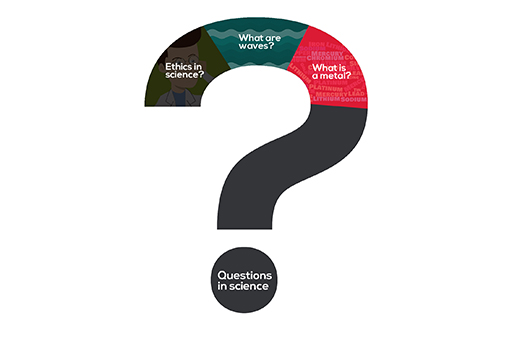Conclusion
We have looked at transverse and longitudinal waves in water and the air and some of their properties. All waves are linked to a behaviour that is both oscillatory and periodic because they repeat after some amount of time. But it’s not only waves that display this type of behaviour.
The key concepts and principles you have studied in this part are:
- types of wave
- Waves can be seen as oscillations along fluid boundaries where restoring forces return the boundary to rest.
- In transverse waves the particles move at right angles to the direction of wave propagation.
- In longitudinal waves the direction of motion of the particles is in the same direction as the wave propagation.
- Waves can be described in terms of their amplitude, wavelength, and/or period.
- properties of waves
- Animals can use waves for communication, navigation and finding prey.
- Humans can use ultrasound waves for medical imaging.
The content of these courses comes from the Open University course S111 Questions in science [Tip: hold Ctrl and click a link to open it in a new tab. (Hide tip)] . Take a look at the other OpenLearn courses that are part of this set here.

